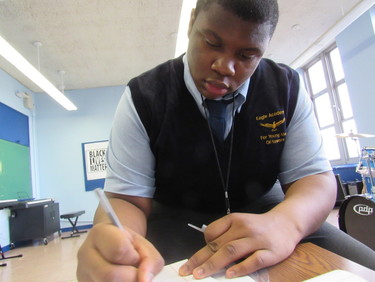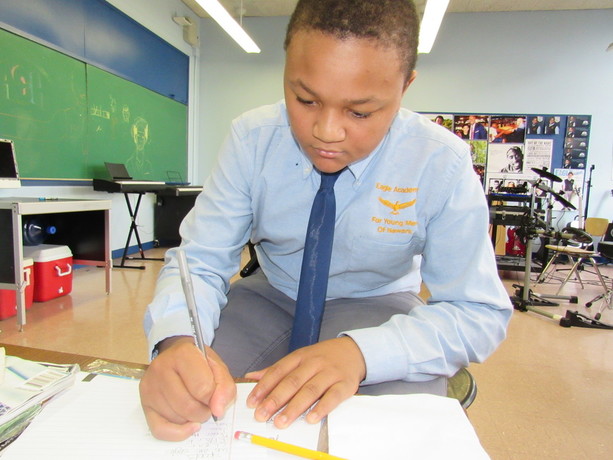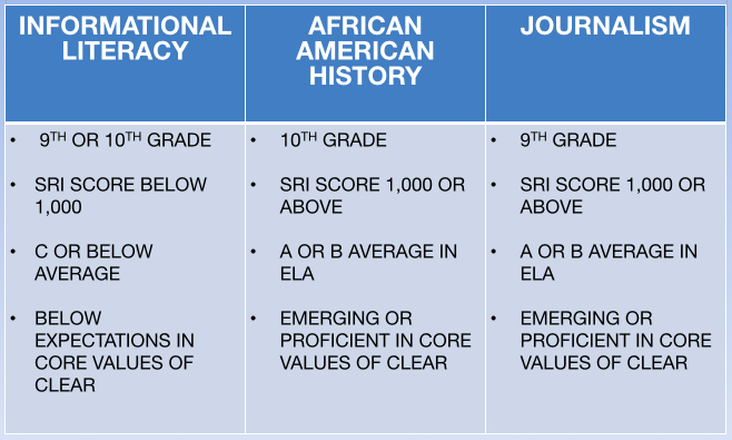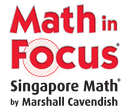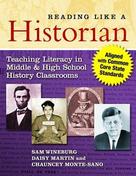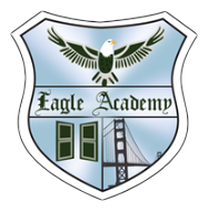EAGLE ACADEMY NEWARK ACADEMIC OVERVIEW
|
Eagle Academy for Young Men of Newark takes a holistic approach to educating and nurturing young men of color. Our goal is to ensure that each Eagle Academy Newark Scholar is successful in the classroom and in life. Additionally, we provide the resources so that our young men can achieve their promise as productive citizens, family members and engaged citizens of the city of Newark.
|
Transitioning from Middle School
to High School
- Middle School grades and SRI scores will be used to determine a students academic courses in High School.
- Students will have an opportunity to take Honors classes if their SRI score is 1,000 or greater and they maintain a A/B average.
- Students falling below the benchmark will receive intervention classes to help improve their reading level.
- Promotion in High School is based on credits earned
HIGH SCHOOL GRADUATION REQUIREMENTS
Class of 2016, 2017, 2018, 2019 and Beyond
District Graduation Requirements
Minimum of 130 Credits in District Approved Areas
|
|
CREDIT ACCUMULATIONIn order to be promoted to the next grade level you MUST accumulate a minimum amount of total credits at the
end of each year:
**Note: Even if you have 130 or more credits at the end of your Senior year, you MUST meet ALL of the District Graduation Requirements in order to receive a High School Diploma |
Satisfying Assessment Graduation Requirement
|
HIGH SCHOOL ELECTIVE CRITERIA
Press Logo Above To Log In
"Eagle Academy for Young Men of Newark is committed to challenging our scholars to succeed academically."
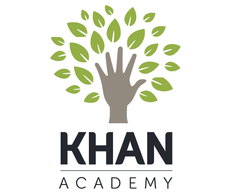
Please make sure your Eagle Newark scholar is registered and using Khan Academy. - Eagle Newark
Khan Academy is a non-profit educational organization created in 2006 by educator Salman Khan to provide "a free, world-class education for anyone, anywhere". The organization produces micro lectures in the form of YouTube videos
Khan Academy is a non-profit educational organization created in 2006 by educator Salman Khan to provide "a free, world-class education for anyone, anywhere". The organization produces micro lectures in the form of YouTube videos
|
E L A Collections, the nation’s leading ELA program for Grades 6–12, helps students develop abilities to analyze complex texts, determine evidence, reason critically, and communicate thoughtfully—the must-have skills for college and career. Developed around rigorous new state standards, Collections transcends the traditional with state-of-the-art features that resonate with today’s students. Collections in your classroom · Transforms learning through a blended digital and print approach · Provides complex texts including fiction, nonfiction, and informational texts · Enhances online collaboration with interactive writing lessons - See more at: http://www.hmhco.com/shop/education-curriculum/literature-and-language-arts/literature/collections#sthash.YhAhbqBg.dpuf |
|
M A T H I N F O C U S
Math in Focus provides an authentic Singapore math curriculum—highlighting problem solving as the focus of mathematical learning. This complete program teaches concepts using a concrete–pictorial–abstract learning progression to anchor learning in real-world, hands-on experiences, supported by seamless integration of technology with the use of eBooks, Interactive Whiteboard activities, online student activities, online manipulatives, and a bar modeling app. Math in Focus in your classroom · Supports the goals of the Common Core State Standards for Mathematics · Research-based pedagogy focuses on classroom learning, discussion, and practice · Balances conceptual understanding, visual learning, and problem solving - See more at: http://www.hmhco.com/shop/education-curriculum/math/math-in-focus-singapore-math#sthash.kti0oq4X.dpuf |
|
S C I E N C E : F O S S K I T S
FOSS is a research-based science curriculum for grades K-8 developed at the Lawrence Hall of Science, University of California, Berkeley. FOSS is also an ongoing research project dedicated to improving the learning and teaching of science. The FOSS project began over 25 years ago during a time of growing concern that our nation was not providing young students with an adequate science education. The FOSS program materials are designed to meet the challenge of providing meaningful science education for all students in diverse American classrooms and to prepare them for life in the 21st century. Development of the FOSS program was, and continues to be, guided by advances in the understanding of how people think and learn. |
|
Humanities: Reading Like a Historian
The Reading Like a Historian curriculum engages students in historical inquiry. Each lesson revolves around a central historical question and features sets of primary documents designed for groups of students with diverse reading skills and abilities. This curriculum teaches students how to investigate historical questions by employing reading strategies such as sourcing, contextualizing, corroborating, and close reading. Instead of memorizing historical facts, students evaluate the trustworthiness of multiple perspectives on historical issues. They learn to make historical claims backed by documentary evidence. PE/HEALTH |
The state requires that all students participate in a comprehensive, sequential, Health and Physical Education program that emphasizes the natural interdisciplinary connection between wellness, Health and Physical Education. The standards provide a blueprint for curriculum development, instruction, and assessment for effective Health and Physical Education programs. The primary focus of the standards is on the development of knowledge and skills that influence life-long healthy behaviors within the context of self, family, school, and the local and global community. The 2014 revised standards incorporate the current thinking and best practices found in Health and Physical Education documents published by national content-specific organizations.
TPR Storytelling is a method for teaching foreign languages that was invented by Blaine Ray, a Spanish teacher in Bakersfield, California, in 1990. Concerned that his students were disinterested in the unexciting process of learning a language from a textbook, he began to use James Asher's Total Physical Response to teach Spanish. Asher says that students acquire their second languages as they acquired their first languages. Our students learn as babies learn. Therefore, we should not expect them to produce the language before they have had an ample amount of time to listen to it. Blaine experienced great success, and the students began to be excited about his class. Although TPR has been the most effective method for acquiring a second language since it was invented in the 1960s, Blaine found that after hitting the "TPR wall," he was unsure of what to do to move from the imperative to the narrative and descriptive modes of speech. He found that changing from commands to the third person singular allowed him to tell stories, a long-term memory technique. He found that asking the students to act out the parts of the characters in the stories preserved the highly effective physical element that had been so powerful in Classical TPR. As the technique was developed over the years, it became an all-encompassing method and methodology. The method combines Dr. James Asher's Total Physical Response (TPR) with Dr. Stephen Krashen's language acquisition strategies, allowing us to teach grammar, reading and writing along with vocabulary.
